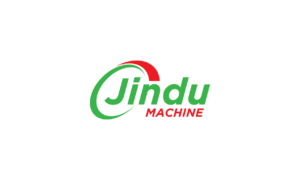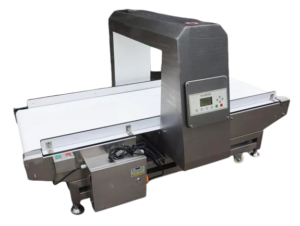Can Metal Detectors be used to locate metals in foods?
By Dongguan Jindu Electronic Technology Co.,Ltd
Metal detectors are invaluable tools in various industries, including food production, where they play a critical role in ensuring product safety. The primary function of metal detectors in the food industry is to detect and eliminate metal contaminants that might have inadvertently entered the production line. However, while they excel at detecting metals in packaging or raw materials, their effectiveness in identifying metals within the composition of the food itself is limited.
When it comes to locating metals within foods, the capabilities of traditional metal detectors are somewhat constrained. These detectors operate by generating an electromagnetic field, which is disturbed by the presence of metallic objects. Upon detection, they trigger an alarm or signal to alert operators about the potential contamination. In the context of food production, they are primarily designed to spot metal contaminants that are external to the food item, such as metal shavings, screws, or staples that might have accidentally found their way into the product during processing or packaging.
However, the ability of metal detectors to identify metals embedded within the food matrix is quite limited. This is due to the nature of the food itself, which can have varying densities, moisture levels, and composition, making it challenging for traditional metal detectors to differentiate between the inherent metallic elements within the food and potential contaminants. For instance, certain food items, such as nuts or grains, naturally contain trace amounts of minerals like iron or magnesium, which might interfere with the detection process.
As a result, alternative methods are often employed in the food industry to detect and analyze metals within the actual structure of food items. X-ray inspection systems, for instance, are more adept at identifying not only metal contaminants but also other foreign materials, such as glass, stone, or dense plastics, regardless of their location within the food product. These systems utilize X-ray technology to create detailed images of the internal composition of the food, allowing for a more comprehensive inspection.
Furthermore, advancements in technology have led to the development of more sophisticated detection methods. Some emerging technologies, such as hyperspectral imaging and magnetic resonance imaging (MRI), show promise in detecting and characterizing contaminants within food items, including metallic elements. These technologies offer greater accuracy and precision in identifying foreign materials, potentially surpassing the limitations of conventional metal detectors.
In summary, while metal detectors are crucial tools for identifying metal contaminants external to food items, their effectiveness in locating metals within the food matrix itself is limited. To address this limitation and ensure comprehensive food safety, industries often employ a combination of different detection methods, such as X-ray inspection systems and emerging technologies like hyperspectral imaging or MRI, to achieve more thorough and accurate detection of contaminants, including metals, within food products.
Looking for a Metal detector machine for your products?
We had it all!
Metal Detector
( Click for more information)
Industrial Food Grade Metal Detector, Garment Textile Needle Detector Machine, Checkweigher Manufacturer in China Since 2012. Your reliable and trusted inspection equipment manufacturer for food & textile industry.
Products
Food Metal Detector
Foil Aluminum Metal Detector
Textile Metal Needle Detector
Checkweigher
Weighing Sorter Machine
SUPPORT
Contact Us
As for a Quote
As for Catalog 2023
FAQs
@ 2023 Jindu Machine Copyright-All Rights Reserved



